Every gamer fears it. The dreaded virus. You’re in the middle of an epic boss battle, and bam – your system stutters. It’s the nightmare we all share. Statistically, a staggering 33% of PCs are infected with some form of malware.
“Virus-proof” laptops? We’ve all heard the tales. Slick sales pitches, online forums, and that one friend swearing their laptop is impenetrable. But let’s pull back the curtain on this grand claim. Is there really such a thing as a virus-free paradise in the world of laptops?
Dive in with me, and let’s debunk some myths.
The Myth of the “Virus-Free” Laptop
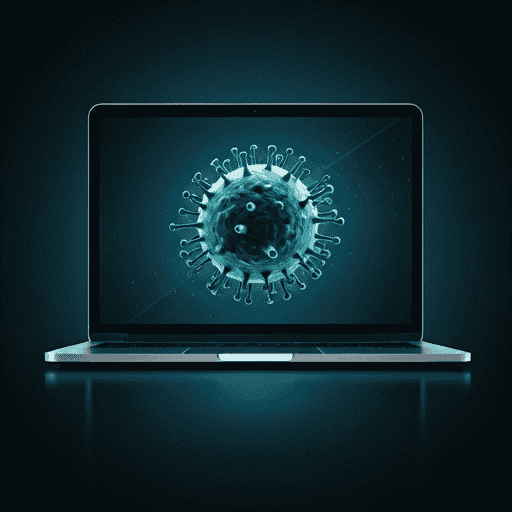
Why no system is truly “immune”
Let’s get this straight: No laptop, no matter the brand or the price, is truly “virus-free.” Think of it: the Titanic was “unsinkable,” right? Similarly, any system at its core has vulnerabilities. In 2020, even macOS, once deemed the ‘fortress’ against malware, saw a 400% increase in threats compared to the previous year. It’s an arms race—as tech advances, so do hackers.
Marketing strategies: “Safe” vs. “Safer”
Ever seen an ad claiming a laptop is “immune” to viruses? It’s enticing, right? But here’s the twist: there’s a difference between “safe” and “safer”. Brands often play on words. A system might be designed to be more resistant, more secure, but not invulnerable. Apple, for instance, markets its macOS as having fewer viruses than Windows.
While it might be statistically true, “fewer” doesn’t mean “none”. It’s a game of perception, one that’s played with utmost precision by marketing gurus. Be aware, be informed.
Platforms and Their Vulnerabilities
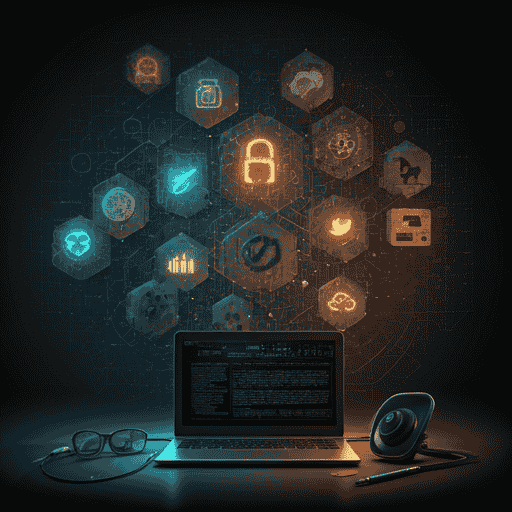
Windows: Popularity makes it a prime target.
Windows. The Goliath of operating systems. It’s on a majority of PCs worldwide. And with great popularity comes great… attention? Yep, from hackers. In 2019, over 70% of all malware attacks targeted Windows. Why? Simple math. More users mean a bigger target. More chances to hit the jackpot.
MacOS: Not immune, just a smaller target.
There’s a common myth: macOS doesn’t get viruses. The reality? It’s not immune; it’s just less tempting. With a smaller user base than Windows, it’s a tinier bullseye for hackers. But when it’s hit, it hurts. As of 2020, Mac threats per endpoint were increasing at a rate faster than Windows.
Linux: Open-source and diverse, but is it safer?
Linux marches to a different beat. It’s open-source. Hundreds of variants. But does that make it a fortress? Not exactly. Its diversity can be its strength and its Achilles’ heel. Fewer standardized systems mean fewer widespread attacks, but individual vulnerabilities exist. Remember, it’s not about “if” but “when”.
Chrome OS: Built with security in mind, but not invincible.
Google’s Chrome OS prides itself on its sandboxed design. Every tab, a separate box. Breach one? The rest stay safe. It auto-updates, patches vulnerabilities swiftly. Yet, it’s not invulnerable. While rare, threats tailored for Chrome OS are out there, lurking. The lesson? Even the best-guarded gates need a watchful eye.
Factors Making Some Laptops Less Prone to Viruses
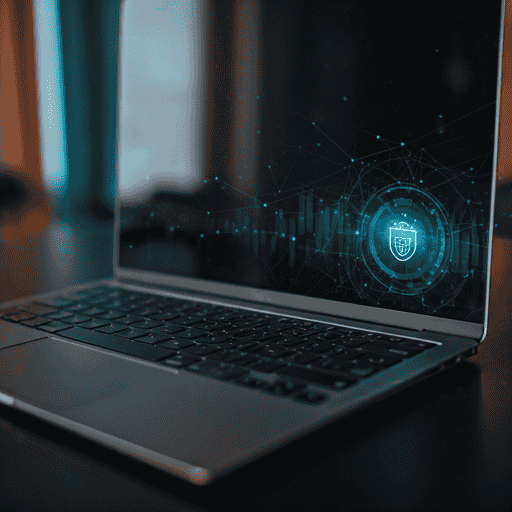
Operating system architecture.
It’s the backbone. The architecture of an OS determines its vulnerability. Some are built like fortresses, others like houses of cards. Windows uses a monolithic kernel, more susceptible to bugs. Linux? A modular kernel, making infections harder, but not impossible. Architecture dictates defense.
User base and target demographics.
Numbers game. A bigger crowd draws more attention. Hackers aim for the masses. It’s simple probability. More users? More potential success. That’s why Windows often takes the hit. macOS and Linux? Smaller crowds, fewer attacks. But remember, fewer doesn’t mean none.
Built-in security features.
The first line of defense. Modern laptops come with a suite of shields. Think of macOS’s Gatekeeper or Windows Defender. They ward off malicious apps and software. Then there’s hardware-based security, like TPM chips. A fortified laptop is a hacker’s nightmare.
Regular updates and patch cycles.
Ever got that update reminder? Don’t ignore it. It’s your laptop’s SOS. Regular patches plug holes, block vulnerabilities. They’re the continual reinforcements in the ongoing war against malware. An updated laptop? It’s a moving target. Harder to hit, harder to harm.
Best Practices for Keeping Laptops Virus-Free
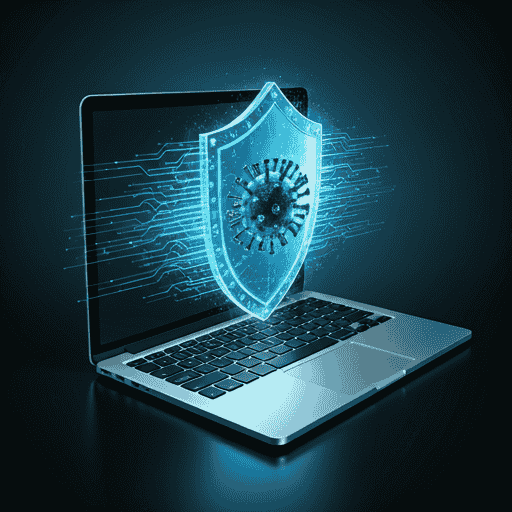
Regular software updates.
Update. Always. Manufacturers spot weaknesses; they send out fixes. It’s a dance, and you’ve got to stay in step. Skipping an update? It’s like leaving your door unlocked in a bad neighborhood.
Using reputable antivirus and anti-malware solutions.
Not all guards are equal. Get the best on your side. Bitdefender, Norton, Malwarebytes—names trusted for a reason. They’re the sentinels at the gates, filtering out the chaos.
Safe browsing habits.
Surf smart. The web is a minefield. Pop-ups, redirects, shady sites—they’re the traps. Stick to well-lit paths. Trusted websites. Secure (https) connections. Make sure your browser also gets regular updates.
Avoiding suspicious downloads and email attachments.
Got a surprise email attachment? Or a too-good-to-be-true software download? Think twice. These are classic hacker moves. Like candy from a stranger, sometimes it’s better to decline.
Educating oneself about the latest threats.
Knowledge: your shield. New threats emerge daily. Ransomware today, phishing scams tomorrow. Stay informed. Websites like the Cybersecurity & Infrastructure Security Agency (CISA) or security blogs? They’re your newsfeed for digital safety. Read up, gear up, game on.
Case Studies
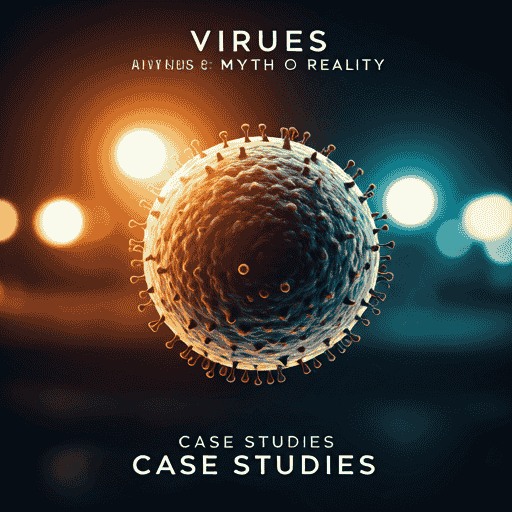
The macOS Myth: Instances Where Macs Were Affected.
It’s a tale almost as old as Apple itself. “Macs don’t get viruses.” But remember Flashback in 2012? A trojan that hit over 600,000 Macs worldwide. Or XcodeGhost in 2015? Malicious code slipped into legitimate apps on the App Store. These instances shattered the invincibility aura around Macs. Yes, they’re robust, but perfection? That’s a myth.
Windows Vulnerabilities vs. The Vastness of Its User Base.
Windows. The world’s most used OS. With popularity, though, comes attention—both good and bad. WannaCry in 2017 is a stark reminder. A ransomware attack that spread like wildfire, affecting countless Windows users. Here’s the reality: Windows isn’t inherently weaker; it’s just the bigger target. The larger the crowd, the easier it is to get lost.
Chrome OS’s Sandboxing Approach: A Modern Model?
Chrome OS came with a fresh perspective on security: sandboxing. Every tab in Chrome, every app, confined to its own “sandbox”. A breach in one doesn’t spill to another. Smart? Very. Infallible? Not quite. 2019 saw CVE-2019-13720, a zero-day exploit. It showed that while Chrome OS’s model is advanced, even sandcastles can be washed away by a cleverly crafted wave.
The lesson? No system is truly untouchable. But with vigilance, we can come close.
Conclusion
No silver bullet exists in cybersecurity. It’s a relentless dance, a cat-and-mouse chase. The belief in a “virus-free” laptop? A comforting myth. But here’s the truth: proactive measures reign supreme.
Be it Windows, macOS, Chrome OS, or Linux, vigilance is non-negotiable. Myths can lull us, but safety? It comes from staying informed, updated, and always skeptical. It’s not just about having a solid defense; it’s about constantly upgrading it. Because in the digital world, the predators never sleep.
As we move forward, anticipate fiercer challenges. But also remember: with knowledge as our ally, we’re always a step ahead. Don’t get complacent; get educated. The future isn’t about finding an invincible fortress; it’s about building one that adapts and evolves. Game on, securely.
